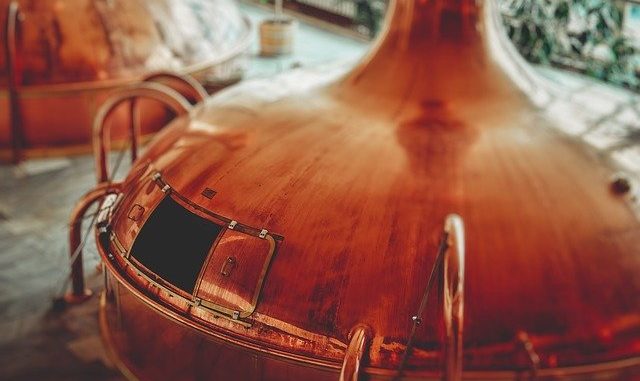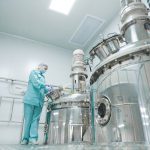
Carbon dioxide is a gas that is produced during wine and beer fermentation. It is the result of a series of metabolic processes where yeasts convert sugars to alcohol. It is at the very heart of alcohol production and an important measure of both beer and wine fermentation. Measuring carbon dioxide is critical to ensuring the best quality beer and wine is produced.
In the fermenter room, the temperature and other environmental conditions are carefully monitored and controlled to make sure the fermentation does not go too fast or get stuck. As well as external fermentation conditions, the type of yeast, the type of substrate, the alcohol content and carbon dioxide levels in the product (beer or wine) and various physical parameters too in the fermenter itself are also all important in the quality of the final product. All these factors impact the various side reactions that produce and remove particular flavours and impact the final taste profile.
The Safety Implications For Monitoring Carbon Dioxide.
Gaseous carbon dioxide is a natural and important part of all types of fermentation. It comes however with significant health issues and risks. Brew houses and wineries are usually small, enclosed places where carbon dioxide can pool and pose a health hazard. Carbon dioxide is heavier than air and will pool and accumulate on the floor of the production building where it displaces oxygen. The gas, CO2 has been found to settle in corners of rooms and other areas of a building that are generally undisturbed with low ventilation. This poses a severe asphyxiation risk, especially in such poorly ventilated areas.
Carbon dioxide is colourless and has no odour itself. Any leaks of this gas are largely unnoticed until they reach sufficiently high levels to cause headaches, dizziness and the heart rate rises. In some people it is like being drunk. The consequences however can be fatal if the person is not caught in time and removed to safety and the gas purged from the building.
In the United Kingdom, carbon dioxide gas is a substances classified as ‘hazardous to health’. From 2002, it is now a legal requirement to measure this gas or at least be able to detect it. An alarm system must also be present. Many breweries and wineries are encouraged to have concentration monitoring in place to ensure the workplace exposure does not exceed the safety limits.
In the USA, various states have similar rules which cover both short-term and long-term exposure to carbon dioxide. The National Institute for Occupational Health and Safety indicates that CO2 levels of 40,000 ppm (4%) are immediately dangerous to life and health.
Most countries have set workplace exposure limits for CO2. For instance, in the United States, the OSHA (Occupational Safety & Health Administration, U.S. Department of Labor) has set a general exposure limit of CO2 which must not exceed 5,000 ppm during an eight hour working shift. This time period is a Time Weighted Average (TWA).
Carbon dioxide measurement and detection is achieved using infra-red sensors. Most detectors operate in the range between 0 and 3000 ppm. Such sensitivity allows for detection of small leaks and levels of pooling, at concentrations even well below the short-term exposure limit which is 5000 ppm over an eight-hour period.
Portable meters are highly useful in checking particular parts of the building. Fixed monitors are then used in potentially hazardous locations. Most have alarm systems that operate over 5000 ppm CO2 and a second more urgent alarm for levels at 8,000 ppm CO2.
The double alarm system is used as an indicator to alert the production manager of any carbon dioxide problem and as a prompt to manually create ventilation by turning on fans and opening doors. The second stage is a red light accompanied by an audio alarm that activates at 8,000 ppm. This alarm requires evacuation of the area.
Carbon Dioxide Safety Levels
When the safety level for carbon dioxide reaches 5,000 ppm, over an 8 hour period, we have a Time Weighted Average (TWA) which is usually the first alarm for most if not all sensors.
If the level is 30,000 ppm, in the USA, this level of exposure can only be for less than 15 minutes and is described as the Short-Term Exposure Limit (STEL). If the level is 50,000 ppm, an exposure over 5 minutes is a severe risk to health. That level of exposure marks Imminent Danger to Life and health (IDLH).

Leave a Reply